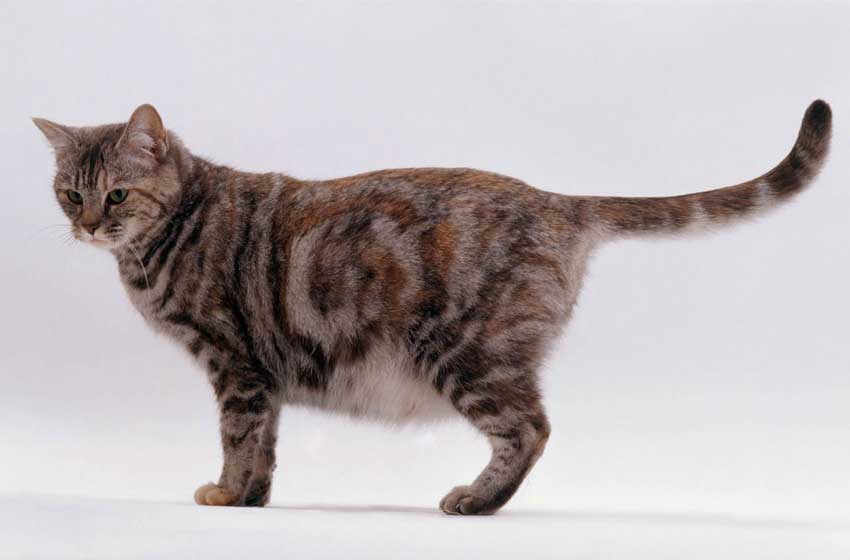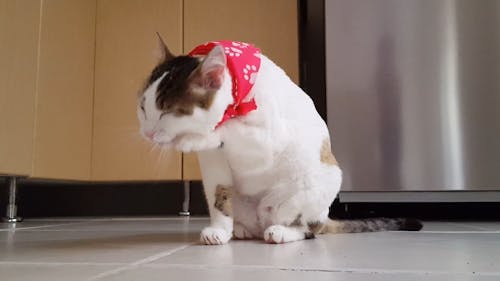
In this article, we will delve into the realm of feline reproduction, exploring the fascinating intricacies of how cats bring new life into the world. From the reproductive anatomy of cats to the various stages of cat pregnancy and birth, we will unravel the facts behind this enchanting process. So, let’s embark on this journey and discover the truth behind the extraordinary world of feline reproduction.
Understanding Feline Reproductive Anatomy
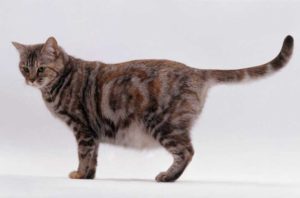
Before we dive into the details of cat pregnancy and birth, it’s essential to first understand the basic reproductive anatomy of cats. Like most mammals, the female cat’s reproductive system consists of various organs that play a vital role in the process of reproduction.
1. The Ovaries
The reproductive journey of a cat begins with the ovaries. These small, almond-shaped organs are responsible for producing and releasing eggs, or ova, into the fallopian tubes. In addition to their role in egg production, the ovaries also produce essential hormones that regulate the reproductive cycle.
2. The Fallopian Tubes
The fallopian tubes, also known as oviducts, serve as the pathway for the eggs to travel from the ovaries to the uterus. It is within these tubes that fertilization occurs if a female cat mates with a male during her fertile period.
3. The Uterus
The uterus, often referred to as the womb, is where the fertilized egg implants and develops into a fetus. In cats, the uterus consists of two long horns that extend from the ovaries and join together to form a single body. This unique structure allows cats to conceive and carry multiple kittens within a single pregnancy.
4. The Vagina
The vagina is the final part of the reproductive tract in female cats. It serves as the passage for both mating and the birth of kittens. During mating, the male cat’s reproductive organ, called the penis, enters the female’s vagina to deposit sperm, leading to potential fertilization.
The Cat’s Reproductive Cycle: Heat and Fertility
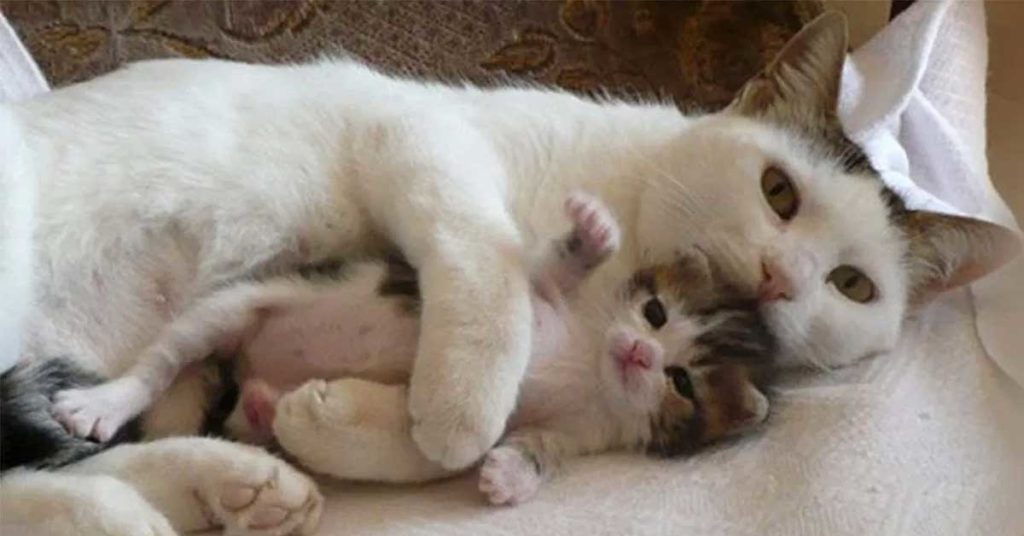
Understanding the reproductive cycle of a female cat is crucial in comprehending the concept of cat pregnancy. Female cats experience recurring cycles of heat, also known as estrus, throughout their reproductive lives. Let’s explore the different stages of the cat’s reproductive cycle.
1. Proestrus
During the proestrus phase, which lasts for approximately one to two days, female cats exhibit behavioral changes that signal the onset of their reproductive cycle. They may become more affectionate, vocalize excessively, and display increased grooming behaviors. However, mating is unlikely to occur during this stage.
2. Estrus
Estrus is the stage in which a female cat is fertile and receptive to mating. It typically lasts for about one week but can vary between individuals. During this phase, the cat’s behavior undergoes significant changes. She may become more affectionate, display increased vocalization, roll on the floor, assume a mating position, and raise her hindquarters when petted near the tail base.
3. Metestrus and Diestrus
Following the estrus stage, female cats enter the metestrus and diestrus phases, which collectively make up the non-fertile period of their reproductive cycle. These stages generally last for around 40 days and are characterized by hormonal changes as the body prepares for potential pregnancy.
4. Anestrus
Anestrus is the final stage of the cat’s reproductive cycle. During this period, which can last for several weeks to months, the female cat is not receptive to mating and does not exhibit any signs of heat. This phase allows the body to rest and recover before the onset of the next reproductive cycle.
Cat Pregnancy: From Conception to Birth
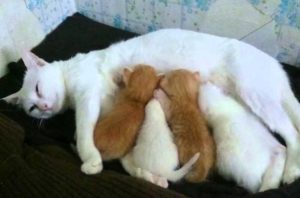
Once a female cat mates during the fertile period of her estrus cycle, fertilization can occur, leading to the beginning of cat pregnancy. Let’s explore the various stages of cat pregnancy and the development of the unborn kittens.
1. Fertilization and Early Development
Fertilization typically occurs within the fallopian tubes, where the sperm meets the egg. From there, the fertilized egg, now called a zygote, undergoes a series of cell divisions as it travels down the fallopian tubes. After a few days, the zygote implants itself into the uterine lining, and the development of the embryos begins.
2. Gestation Period
Cat pregnancy, also known as gestation, lasts approximately 63 to 65 days. Throughout this period, the unborn kittens develop rapidly. Important milestones include the formation of the placenta, the growth of vital organs, the development of fur, and the gradual increase in size.
3. The Cats’s Behavior and Care during Pregnancy
During pregnancy, or queen, cats may display various behavioral changes. They may become more affectionate, seek out secluded areas to create nesting sites, and exhibit increased appetite. Providing a comfortable and stress-free environment, along with a balanced diet, is crucial for the well-being of the pregnant cat and her unborn kittens.
4. Preparing for Birth: The Nesting Stage
As the due date approaches, pregnant cats enter the nesting stage. They may become restless, seek solitude, and start rearranging their surroundings to create a cozy and secure birthing area. This is the cat’s natural instinct to ensure a safe and comfortable environment for the upcoming birth.
5. Labor and Delivery
Labor in cats typically consists of three stages: stage one, stage two, and stage three. During the first stage, the queen may appear restless, exhibit nesting behaviors, and experience mild contractions. The second stage is characterized by intense contractions, as the queen actively gives birth to each kitten. Finally, during the third stage, the queen expels the placenta and cleans her newborn kittens.
Conclusion
Understanding the intricacies of feline reproduction allows us to appreciate the extraordinary journey that female cats undertake during the process of pregnancy and birth. From the ovaries to the uterus, from the stages of the reproductive cycle to the various phases of pregnancy, cats possess a remarkable ability to bring new life into the world. So, the next time you marvel at a litter of adorable kittens, remember the incredible journey that their mother undertook to bring them into existence.
